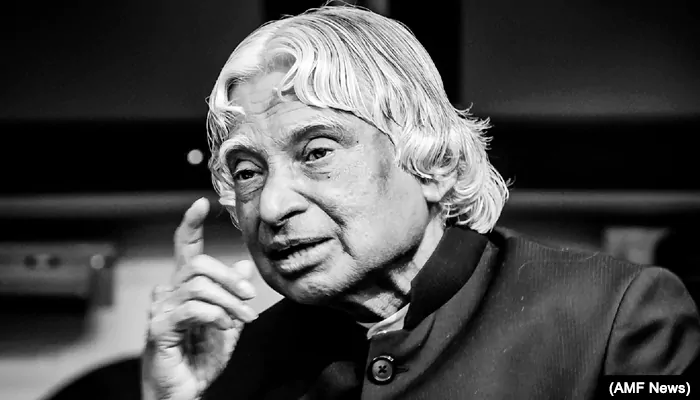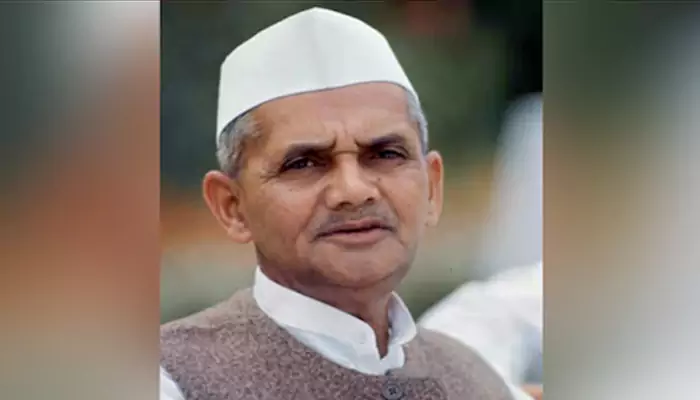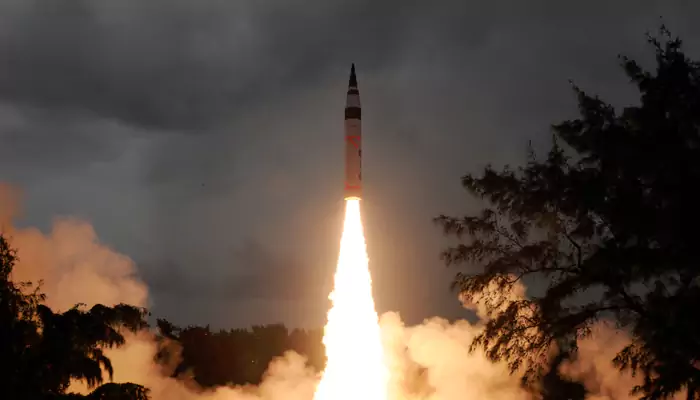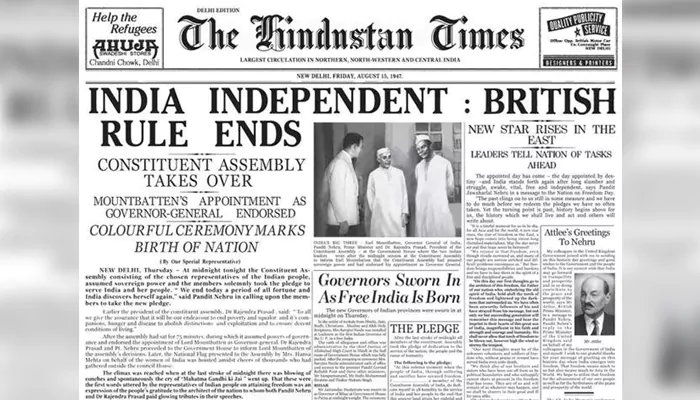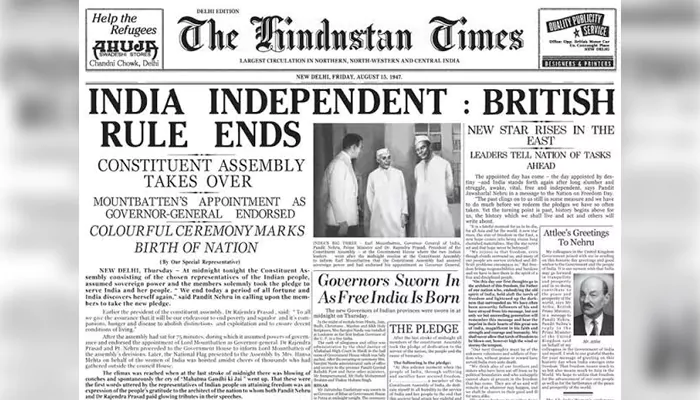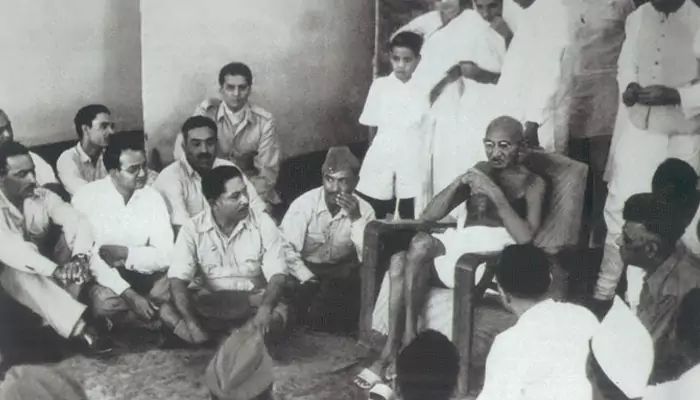Artificial Rain In Delhi's ‘Winter Action Plan’ To Fight Pollution? Here's How Much It Could Cost
- Admin
- 1 year ago
- 5 minutes read

The Delhi government has started working on the ‘Winter Action Plan’ to fight air pollution.
"The main suggestions in the expert meet include change in the behavior of people related to pollution." - Gopal Rai, Environment Minister, Delhi
Delhi's air quality has been deteriorating consistently over time, especially in the past few years. And the pollution levels soar to alarming highs during winter, posing a serious threat to public health. Last year, the capital city's average AQI (air quality index) in December was 348 - which is considered "very poor" as per the Central Pollution Control Board criteria.
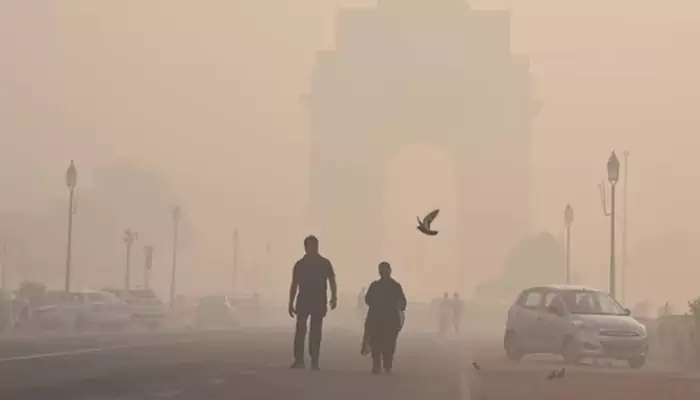
With just a few months away from winter this year, the Delhi government has started working on the ‘Winter Action Plan’ to fight air pollution. Environment Minister Gopal Rai recently held a high-level meeting with officials and representatives from the Delhi Pollution Control Committee (DPCC), Environment, UNEP, EPIC India, Clean Air Asia, IIT Kanpur, Greenpeace, IARI, and TERI to discuss innovative strategies for the same. Well, artificial rain came as the top suggestion in that meeting.
Kejriwal Govt. Gearing Up For Winters👏
— AAP (@AamAadmiParty) August 30, 2024
Environment Minister @AapKaGopalRai convenes a roundtable discussion with experts regarding the upcoming winter action plan.
Experts Suggests
▪️Behavioural Changes
▪️Voluntary Vehicle Restrictions
▪️Artificial Rainfall
▪️CSR For Arranging… pic.twitter.com/6NtyNnNPCU
Credit: AAP
"The main objective of this meeting was to make the winter action plan more effective with the suggestions given by the experts. It was suggested that artificial rain should be made on severe days in Delhi... a letter will be written to the Union Environment Minister on Friday to hold a meeting with the experts of IIT Kanpur and all the departments concerned," Rai said in a statement.
Now if you are wondering what artificial rain is, and how much it could cost in Delhi, we have got you covered.
What Is Artificial Rain?
Artificial rain (also known as cloud seeding) is a weather modification technique that helps induce rain in regions that otherwise receive little to no rainfall. In this technique, seeding agents or chemicals like silver iodide, potassium iodide, and solid carbon dioxide are dispersed into the clouds (using aircraft or helicopters). They form water droplets, and eventually grow in size and then fall to the ground as rain.
Notably, meteorologists choose clouds based on their moisture levels. The higher it is, the better!
#KnowledgeByte: #Artificial #Rain, also known as #Cloud #Seeding, is a technique used to manipulate the amount of precipitation that falls from clouds.
— Knowledge Zone (@KnowledgeZoneIn) July 5, 2024
How does it work and what is its efficiency?https://t.co/GgLRJLcQF2 pic.twitter.com/nwzboq3oBR
Credit: Knowledge Zone
In recent times, it has been extensively used in several regions of the United States, the United Arab Emirates (UAE), Saudi Arabia, and China among countries.
Artificial Rain In Delhi
The idea of using artificial rain to combat air pollution in Delhi has been doing rounds for quite some time now. In June 2023, the Indian Institute of Technology Kanpur (IIT-K) conducted cloud seeding trials with the help of the aviation watchdog Directorate General of Civil Aviation (DGCA). They proposed a plan to "employ a six-seater Cessna plane to release salt from flares into the clouds", which would result in rainfall and wash away pollutants in the city.
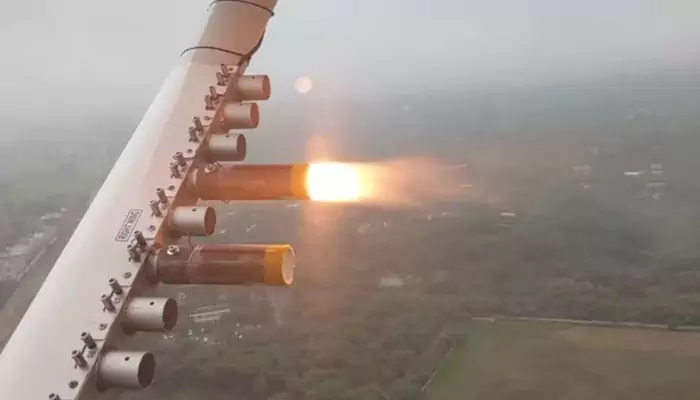
A plane flew to a height of 5,000ft from IIT-K’s airstrip, firing powder spray amid thick clouds, which resulted in heavy rain.
Delhi receives hardly any rainfall during the cold season, and hence artificial rain could be a great way to control its air pollution levels.
Now, how much could it cost?
IIT-Kanpur professor Manendra Aggarwal revealed in a statement last year that the artificial rain plan may cost an estimated Rs 1 lakh per square kilometer.
🚨 Delhi government has decided to bear the entire cost of artificial rain to combat hazardous air pollution in the city. pic.twitter.com/3kiPTjQEUd
— Indian Tech & Infra (@IndianTechGuide) November 10, 2023
Credit: Indian Tech & Infra
Notably, Delhi has an area of 1,483 sq. km.
More About The 'Winter Action Plan'
Besides the artificial rain, several other measures such as a work-from-home policy, a ban on vehicles in air pollution hotspots, and awareness campaigns are likely to feature in Delhi's Winter Action Plan. The government will discuss all the suggestions before releasing the final plan on September 5.
Rai said that 'work from home' has been a part of the Graded Response Action Plan (GRAP), and was expected to be implemented if AQI enters the ‘severe’ category. "But this year, it is likely that the government will not wait for an emergency to promote a work-from-home culture in both private and government offices during winter,” he added.
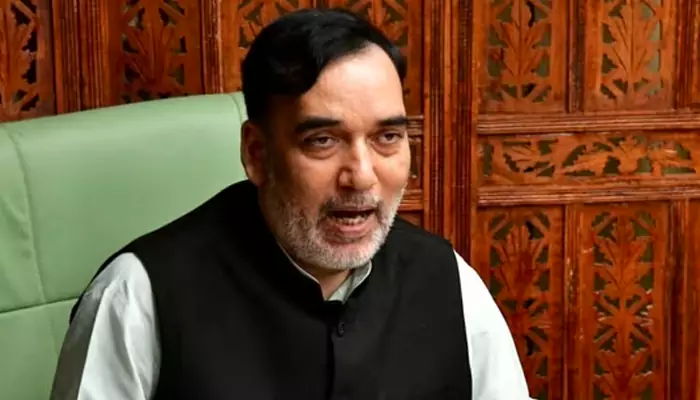
Delhi Environment Minister Gopal Rai during a press conference in New Delhi, India
The minister further added that they will focus majorly on dust pollution, stubble burning, vehicular emission, garbage burning in the open, industrial pollution, Green War Room and Green App, hot spots, firecrackers ban, dialogue with central government and neighboring states, real-time source apportionment study, increasing green cover/afforestation, e-waste eco-park, promotion of public participation, and implementation of Graded Response Action Plan (GRAP).

